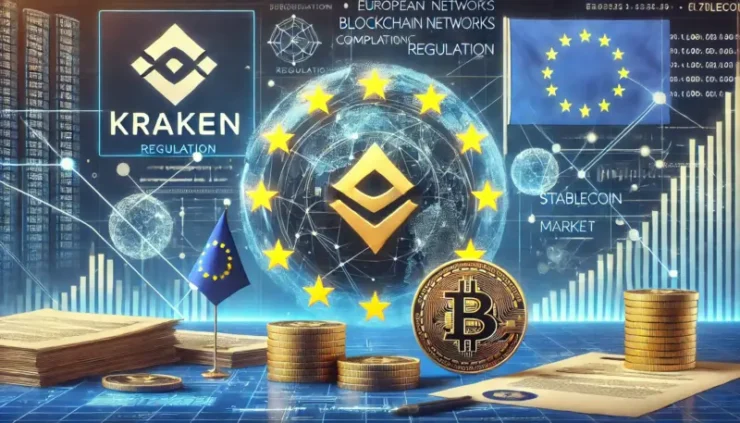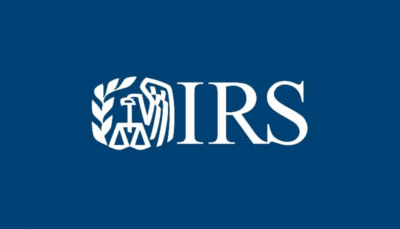Kraken and Crypto.com are accelerating efforts to introduce proprietary stablecoins as the European Union’s new Markets in Crypto-Assets (MiCA) regulations impose stringent compliance requirements on third-party issuers. The regulatory framework, which took effect in January, mandates stablecoin issuers to secure EU-based authorization, ensure full transparency in reserves, and implement strict consumer protection measures.
The European Securities and Markets Authority (ESMA) has given exchanges until March 2025 to delist non-compliant stablecoins. As a result, major exchanges, including Kraken and Crypto.com, are moving away from reliance on third-party issuers like Tether and PayPal, whose stablecoins fail to meet MiCA’s standards.
Exchange-Led Stablecoin Development
Rather than waiting for external issuers to comply, Kraken and Crypto.com are developing their own stablecoins to ensure uninterrupted operations in Europe. Kraken is reportedly planning a US dollar-backed stablecoin through its Irish subsidiary, allowing the exchange to remain compliant without disruption. Meanwhile, Crypto.com, which recently secured a MiCA license from Malta’s financial regulator, is also working on its own stablecoin, although details on its fiat backing remain undisclosed.
Industry experts suggest that launching in-house stablecoins enables exchanges to retain greater control over their liquidity and regulatory status. By aligning directly with MiCA’s standards, Kraken and Crypto.com reduce their exposure to compliance risks that could arise from third-party stablecoins failing to secure necessary approvals.
Regulatory Pressure Reshapes the Stablecoin Market
MiCA’s impact on the European stablecoin market is already visible. Non-compliant tokens, including Tether’s USDT and PayPal’s PYUSD, have been removed from most European exchanges. ESMA’s deadline for delisting unauthorized stablecoins intensifies pressure on issuers struggling to meet compliance standards.
The regulation mandates that all stablecoins maintain fully backed reserves in highly liquid assets, disclose redemption mechanisms, and secure direct authorization from an EU member state. Additionally, large-scale stablecoins exceeding €200 million in daily transactions face stricter oversight to mitigate systemic risks.
While some issuers, such as Circle, have made progress in aligning their USDC stablecoin with MiCA, others have yet to complete the necessary approvals. Exchanges, meanwhile, are adjusting their strategies to stay ahead of regulatory shifts. KuCoin, for example, has applied for a MiCA license in Austria, signaling a broader industry transition toward regulatory alignment.
The EU’s regulatory framework is expected to set a global precedent, influencing stablecoin policies in the U.S. and Asia. With MiCA now in force, crypto firms face mounting pressure to ensure compliance or risk losing access to one of the world’s largest financial markets.





